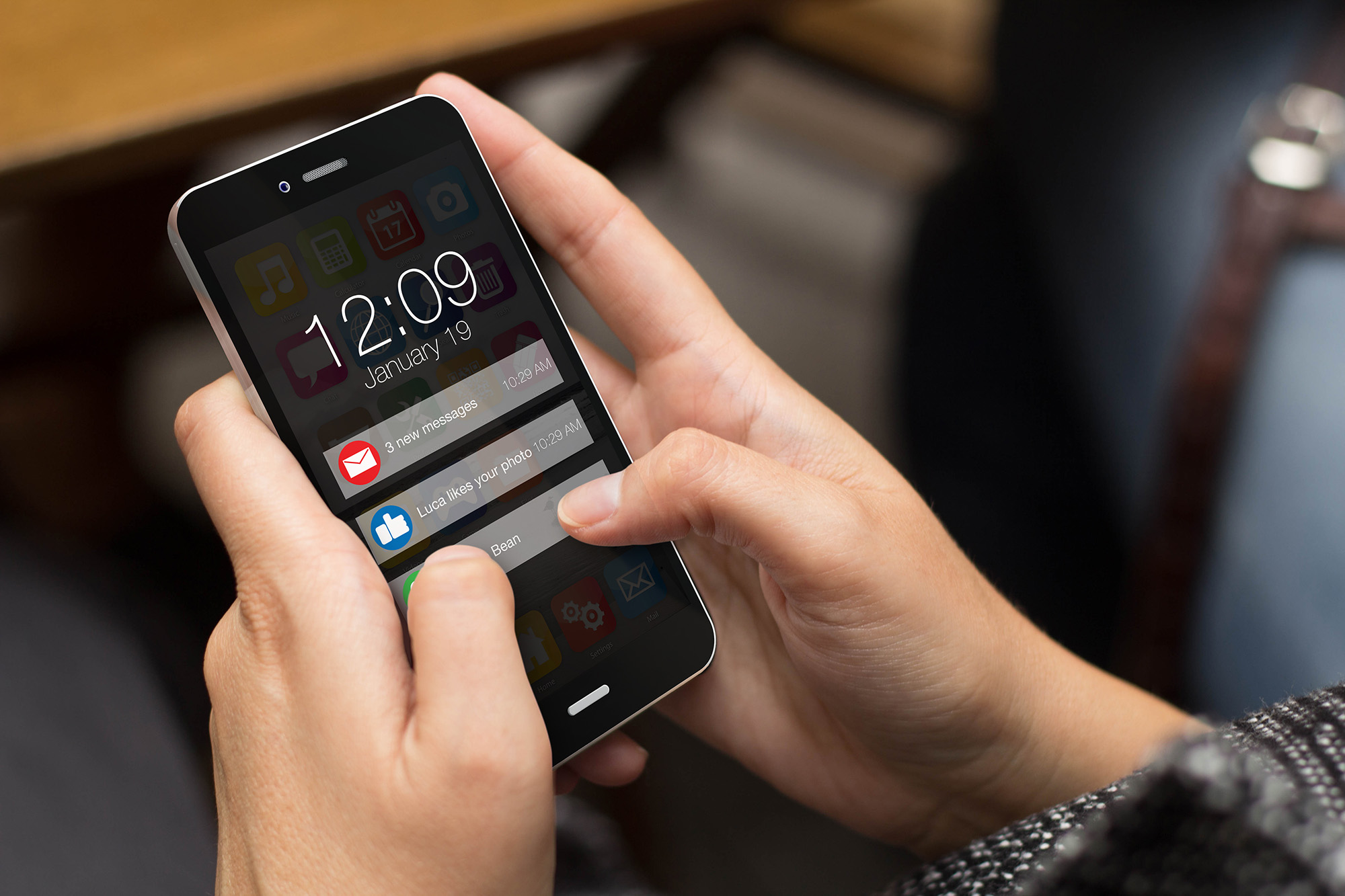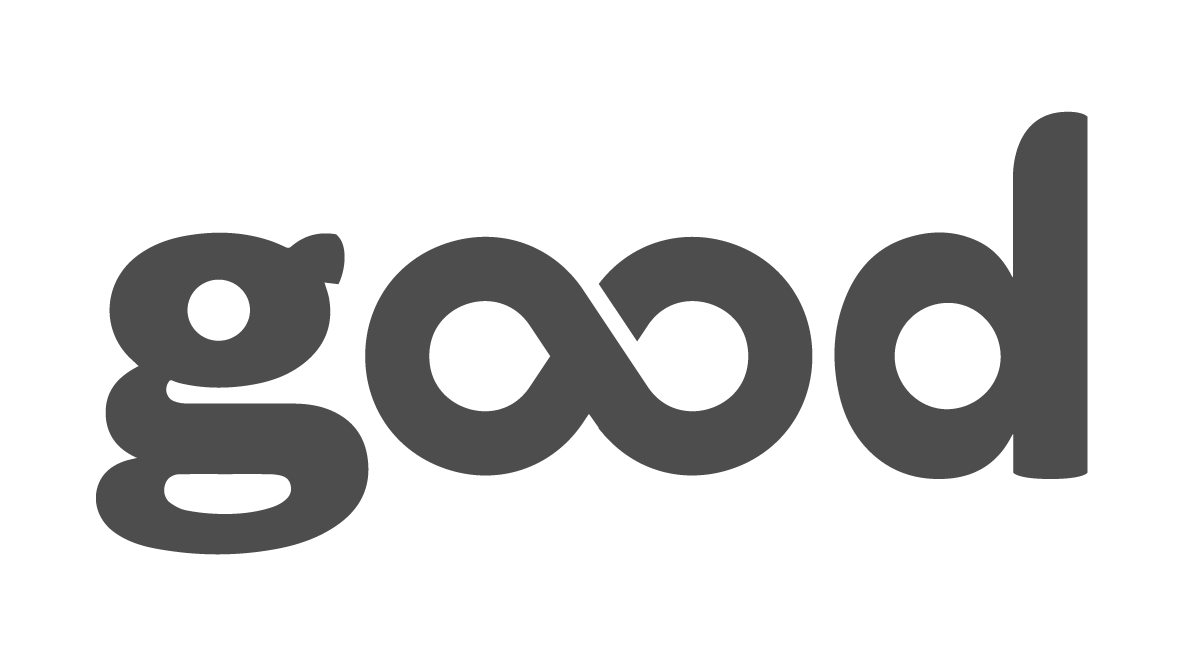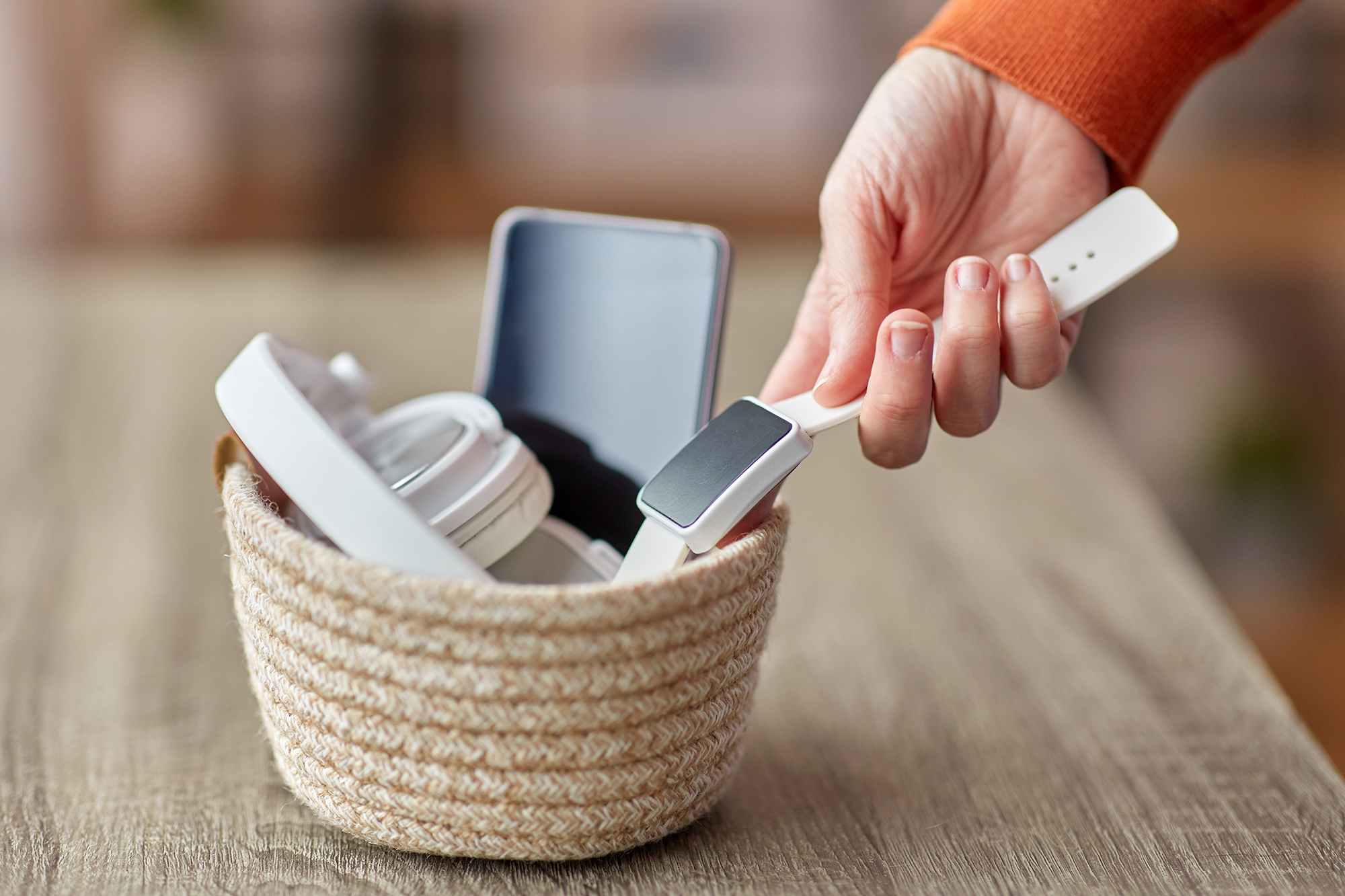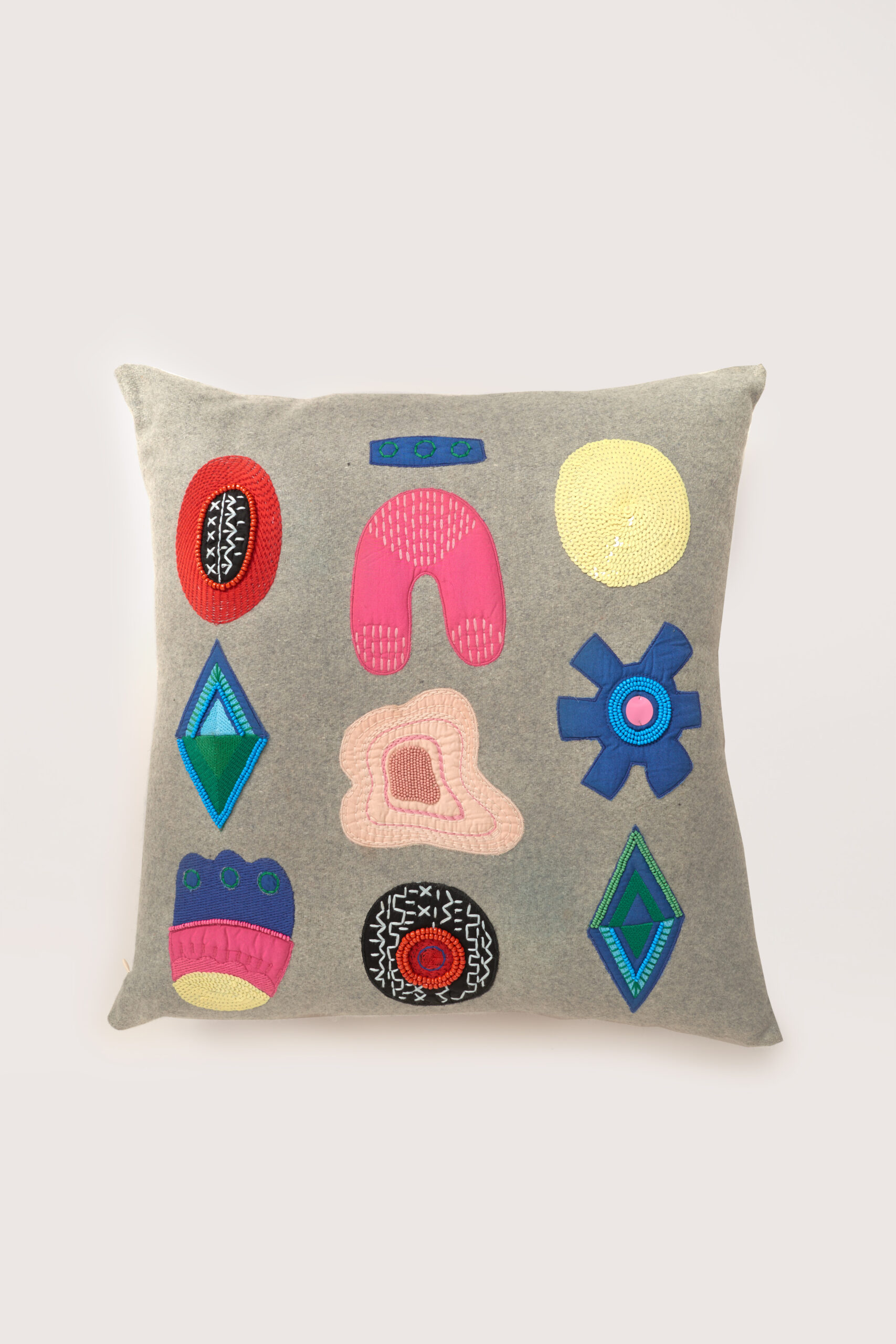We live in an age of constant communication, but for many that means we’ve never felt so remote. Ditch the screen and get connected old-school style with these tips.

1. Be unavailable
Between answering emails, texting your significant other and checking your holiday snaps have uploaded on Facebook, it’s hard to know where to start with your detox plan. Here’s a hint – turn it all off. Switch off your cellphone, put a tablecloth over the TV and hide your router. The only technological hum you should be able to hear now is the fridge.
Feeling anxious? Those in the trade know it as FOMO: Fear Of Missing Out. But there’s no need to panic, that daily trivia quiz will keep for later. Instead, take a moment to be fully present with the practice of mindfulness. Try taking 10 slow breaths, noticing the way your chest rises and falls, the tick of the clock and the way your feet feel against the floor. Refreshing, isn’t it?
Set yourself a time each week to be digitally disconnected and use it to be totally present in the moment, whether you’re washing up or playing with your grandchildren. If you need a little help, Android’s great Digital Detox app can disable your phone for a set period of time, which means the decision is taken out of your hands.
2. Prioritise your tech time
Technology has become enmeshed in our lives. If you are one of those folks who reach for your smartphone in the mornings before a cuddle with your partner, you might want to think about when is appropriate for tech time. Make some rules that suit you – no phones at the table, or before 9am, for instance, or to leave it an hour from when you arrive at work before you start opening emails.
If you use Gmail you can set up different inboxes for different types of email. On Microsoft Outlook you can catergorise your email into friends, family, holiday, networking and so on, giving you more control over how and when you read or answer them. You might try setting different ringtones on your phone for the important people in your life – your boss, your husband, the school – so you don’t even have to pick up your phone to make a decision about whether to take a call.
Whenever you find yourself watching TV, surfing the Internet or about to answer the phone, ask yourself: is this the highest priority use of my time? – Dr Demartini, Human Behaviour Expert
3. Stop multitasking
Do you have the TV on in the background, even when you aren’t actively watching? Are you guilty of flicking between three or four social media apps on your phone? Many Kiwis multiscreen – using a phone, tablet and TV at the same time, for example – and the practice has been shown to increase stress and reduce concentration.
The late Cliff Nass, a Stanford University professor, spoke in 2013 about people who “double-book” media time. Nass said, “Chronic media users pay a strong cognitive price.” They’re unable to filter irrelevant information, have trouble managing a working memory and are actually very bad multitaskers. As a result, they can have trouble developing emotional intelligence in real life.
James Hamblin, health editor for The Atlantic, suggests “single-tasking” is the way forward on the Internet. He’s introduced a (tongue-in-cheek) working practice he calls Tabless Thursday, where he simply opens a tab, uses the page he’s on, then closes it when he’s finished. Hamblin says, “This way you really have to make a value judgement. Do I want to finish what I’m doing? Or do I want to stop and do something else?”

4. Notify this
These days social networking apps are like stalkers, with that little box popping up every five seconds to let you know someone you don’t know has commented on a thread you had forgotten about. Research from 2012 by the British Psychological Society found that stress was commonly associated with the use of smartphones, particularly when using them for personal reasons. As the stress level increases, so does your compulsion to check social networks.
Remove notifications from social networks and other apps, and – unless you really need to for work – remove email from your phone as well. Make it a treat to log on to Facebook or see what’s happening in the Twittersphere; it doesn’t have to be woven into the fabric of your day. Turn your phone off at night as well. If you need an alarm clock, go and buy one!
Everything is created twice, first in the mind, and then in reality. – Robin Sharma

5. Just do it
You’ve got the plan, you’ve downloaded the detox app and the tick-list is ready. Now it’s time to step into the abyss. The best way to do this might be cold turkey. If you’ve got a holiday booked, then turn off roaming and data, or better still, leave the phone at home. Book a camping trip and don’t forget, you aren’t packing your tablet or laptop. Off to the bach for a weekend? Maybe it’s time to create a real off-grid paradise by hiding the TV away.
Intimidated? Then make a plan of what you can do with all your spare time. According to research published in the Journal of Behavioural Addictions, young women spend up to 10 hours a day playing on their phone. Imagine all the books you might read, craft projects you could start – and finish – and quality time you could spend with your family if you just put the darned thing down.
Giving yourself a clean break, even if it’s just for a day, is a great way to launch your detox, and a start point for monitoring your tech use thereafter.







